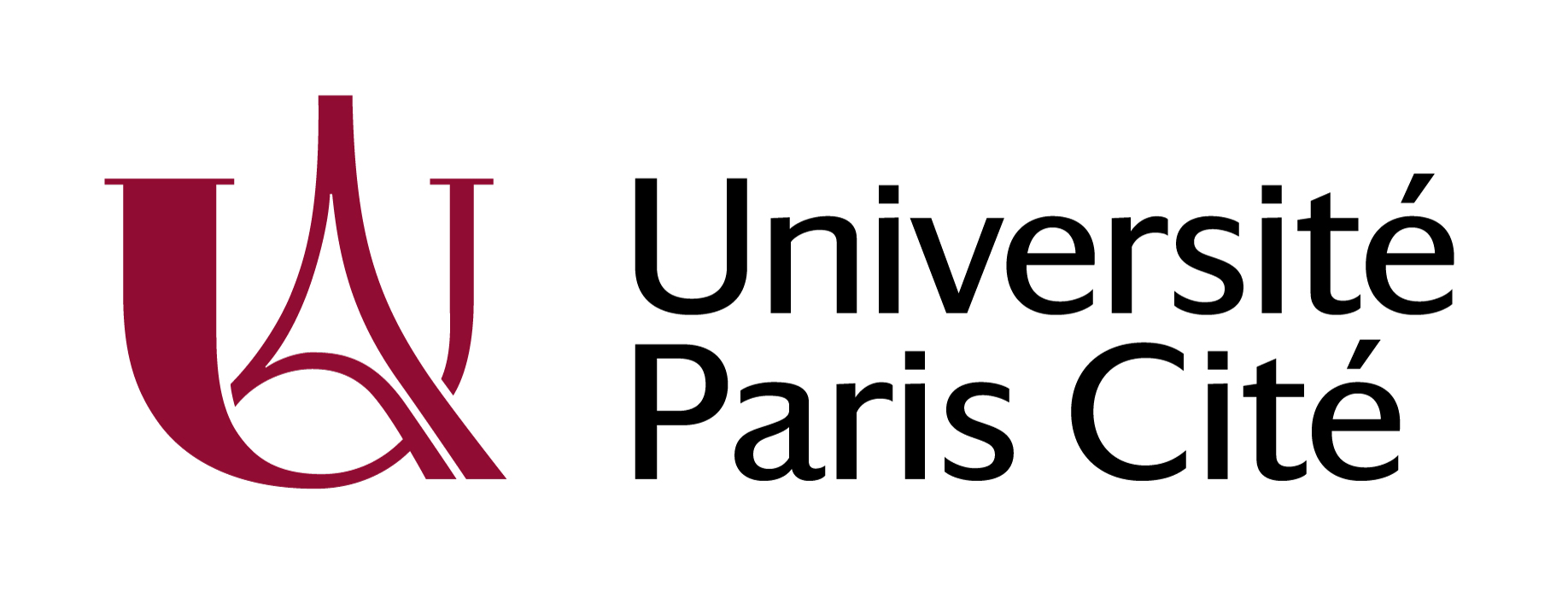Implication of Vestibular Hair Cell Loss of Planar Polarity for the Canal and Otolith-Dependent Vestibulo-Ocular Reflexes in Celsr1–/– Mice
Résumé
Introduction: Vestibular sensory hair cells are precisely orientated according to planar cell polarity (PCP) and are key to enable mechanic-electrical transduction and normal vestibular function. PCP is found on different scales in the vestibular organs, ranging from correct hair bundle orientation, coordination of hair cell orientation with neighboring hair cells, and orientation around the striola in otolithic organs. Celsr1 is a PCP protein and a Celsr1 KO mouse model showed hair cell disorganization in all vestibular organs, especially in the canalar ampullae. The objective of this work was to assess to what extent the different vestibulo-ocular reflexes were impaired in Celsr1 KO mice.
Methods: Vestibular function was analyzed using non-invasive video-oculography. Semicircular canal function was assessed during sinusoidal rotation and during angular velocity steps. Otolithic function (mainly utricular) was assessed during off-vertical axis rotation (OVAR) and during static and dynamic head tilts.
Results: The vestibulo-ocular reflex of 10 Celsr1 KO and 10 control littermates was analyzed. All KO mice presented with spontaneous nystagmus or gaze instability in dark. Canalar function was reduced almost by half in KO mice. Compared to control mice, KO mice had reduced angular VOR gain in all tested frequencies (0.2–1.5 Hz), and abnormal phase at 0.2 and 0.5 Hz. Concerning horizontal steps, KO mice had reduced responses. Otolithic function was reduced by about a third in KO mice. Static ocular-counter roll gain and OVAR bias were both significantly reduced. These results demonstrate that canal- and otolith-dependent vestibulo-ocular reflexes are impaired in KO mice.
Conclusion: The major ampullar disorganization led to an important reduction but not to a complete loss of angular coding capacities. Mildly disorganized otolithic hair cells were associated with a significant loss of otolith-dependent function. These results suggest that the highly organized polarization of otolithic hair cells is a critical factor for the accurate encoding of the head movement and that the loss of a small fraction of the otolithic hair cells in pathological conditions is likely to have major functional consequences. Altogether, these results shed light on how partial loss of vestibular information encoding, as often encountered in pathological situations, translates into functional deficits.
| Origine | Publication financée par une institution |
|---|


